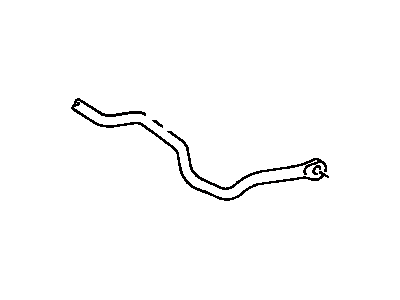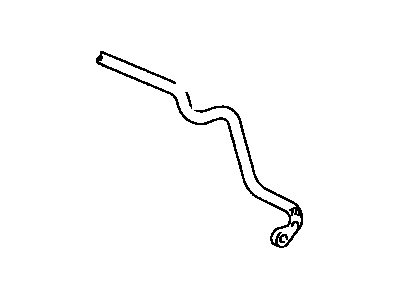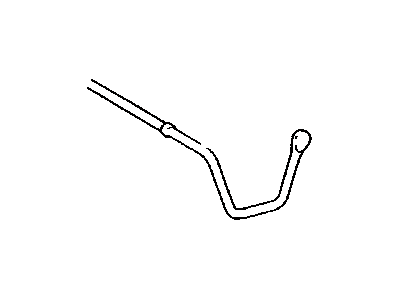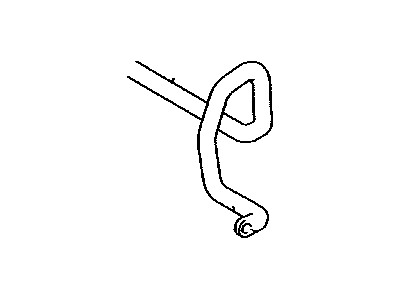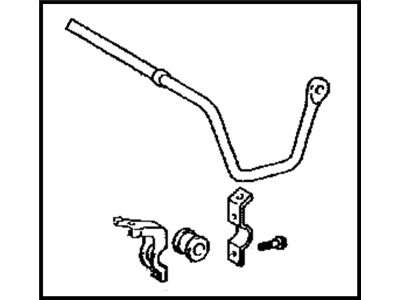

My Garage
My Account
Cart
Genuine Toyota Solara Sway Bar Kit
Stabilizer Sway Bar Set- Select Vehicle by Model
- Select Vehicle by VIN
Select Vehicle by Model
orMake
Model
Year
Select Vehicle by VIN
For the most accurate results, select vehicle by your VIN (Vehicle Identification Number).
10 Sway Bar Kits found
Toyota Solara Rear Stabilizer Bar
Part Number: 48812-AA010$98.40 MSRP: $138.70You Save: $40.30 (30%)Ships in 1-3 Business DaysToyota Solara Front Stabilizer Bar
Part Number: 48811-07010$83.41 MSRP: $117.59You Save: $34.18 (30%)Toyota Solara Front Stabilizer Bar
Part Number: 48811-AC020$83.41 MSRP: $117.59You Save: $34.18 (30%)Ships in 1-3 Business DaysToyota Solara Rear Stabilizer Bar
Part Number: 48812-AA071$85.87 MSRP: $121.05You Save: $35.18 (30%)Ships in 1-3 Business DaysToyota Solara Front Stabilizer Bar
Part Number: 48811-AA060$137.11 MSRP: $194.92You Save: $57.81 (30%)Ships in 1-3 Business DaysToyota Solara Front Stabilizer Bar
Part Number: 48811-AA020$130.33 MSRP: $185.29You Save: $54.96 (30%)Ships in 1-3 Business DaysToyota Solara Bar Sub-Assy, Rear Stabilizer
Part Number: 48805-AA030$109.62 MSRP: $154.52You Save: $44.90 (30%)Ships in 1-3 Business DaysToyota Solara Rear Stabilizer Bar
Part Number: 48812-AA060$109.62 MSRP: $154.52You Save: $44.90 (30%)Ships in 1-3 Business Days
Toyota Solara Sway Bar Kit
If you are in demand for superior quality and affordable OEM Toyota Solara Sway Bar Kit, then shop with us! We own a wide range of the reduced-priced genuine Toyota Solara Sway Bar Kit. You can purchase in confidence as all parts come with a manufacturer's warranty. Any issues with our products? No need to worry as we have a hassle-free return policy to guide you every step of the way.
Toyota Solara Sway Bar Kit Parts Questions & Experts Answers
- Q: How to remove and install the front Sway Bar Bushing and Sway Bar Kit on 2002 through 2008 Toyota Solara?A:To remove the front wheels, first loosen the lug nuts, then raise the front of the vehicle and support it securely on jackstands, applying the parking brake and blocking the rear wheels to prevent rolling. Next, take off the left and right fender apron seals, which are held by two bolts each. Disconnect the left and right tie-rod ends from the steering knuckles, and then disconnect the sway bar links from the bar by removing the lower nut; if the strut is being removed, the upper nut should be taken off instead. If the ballstud turns with the nut, hold it with an Allen wrench. Detach both sway bar bushing retainers from the subframe by removing the bushing retainer bolts. Remove the front exhaust pipe and the steering gear mounting bolts. Lift the steering gear assembly and work the sway bar out through the left wheel housing. While the sway bar is off, slide off the retainer bushings and inspect them for cracks or wear, replacing them if necessary. Check the sway bar link by flipping the balljoint stud side-to-side and then installing the nut, using an inch-pound torque wrench to ensure the torque reading is about 0.4 to 17 in-lbs; replace the link assembly if it isn't. Clean the bushing area of the sway bar with a stiff wire brush to remove rust or dirt. For installation, lubricate the inside and outside of the new bushings with vegetable oil to ease reassembly, avoiding petroleum or mineral-based lubricants or brake fluid, as they can deteriorate the bushings. The installation process follows the reverse order of removal.
